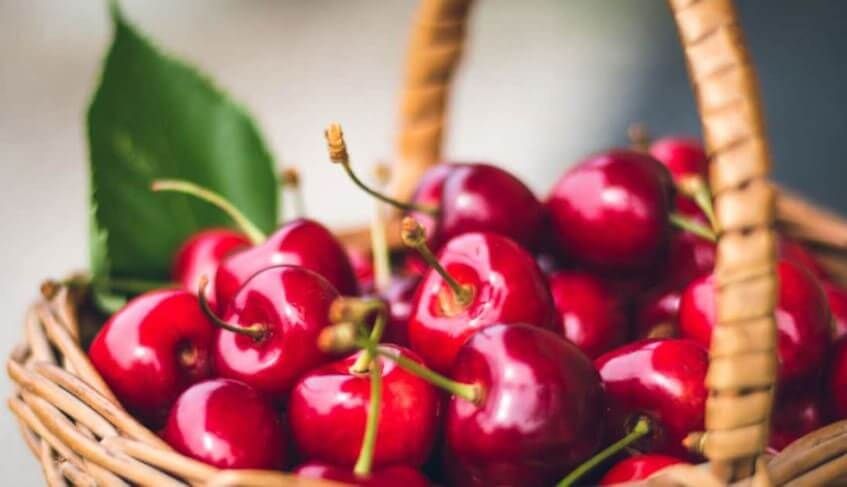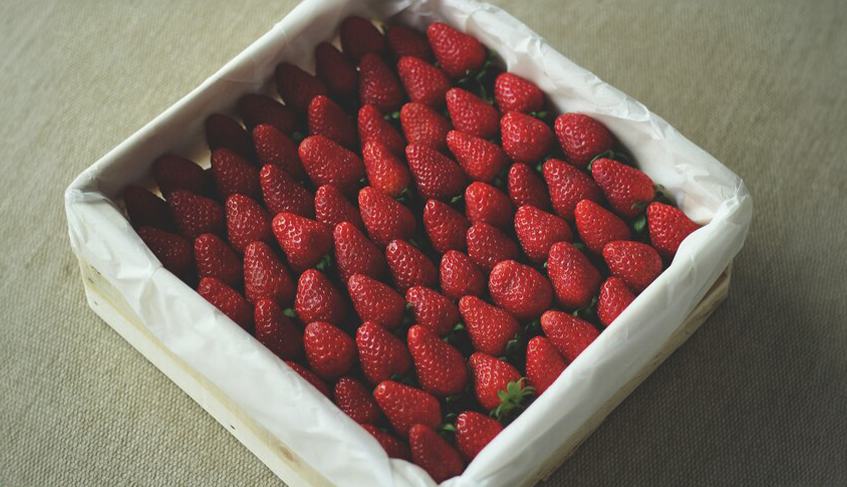Cherry Storage
About 2 million tons of cherries are produced worldwide. This production is largely carried out in warm and subtropical regions, especially in Iran, Turkey, the United States, Spain, Germany and Russia. However, France, Romania and Ukraine are also among the countries that produce a significant amount of cherries. There are two varieties of cherries: cherry (Prunus avium L.) and cherry (Prunus cerasus). Only cherries are described here (cherries cannot be stored (commercially)). Known commercial cherry varieties include Bing, Burlat, Celeste, Kordia, Karina, Lapins, Regina, Santina, Stella, Sweetheart and Van cherry.

Cherry Harvest
Harvesting at the right time is of great importance in terms of what can be done with cherries after harvest. Shell color and light refraction values determine the ideal harvest time. Storage possibilities of damaged cherries are limited. Moisture loss is one of the main limiting factors for cherry storage. As a result of excessive moisture loss, water loss occurs and the stem part loses its color and darkens. In order to prevent this, the cherries should be taken into the shade as soon as they are in the orchard. Alternatively, pre-cooling can be applied to achieve the correct storage temperature within 4 hours of harvest.
CA/ULO Cherry Storage
The time that cherries can be kept fresh is limited. Cherries can be stored at temperatures close to freezing, in the highest possible relative humidity conditions. Controlled Atmosphere has a positive effect on cherry storage; Reducing the oxygen content to 3-10% provides better retention of hardness. Very low oxygen densities (<1%) may cause off-flavor and mottling. Cherry responds positively to an increase in carbon dioxide content; rot is reduced and the fruit displays a fresher, better appearance. Cherries become susceptible to darkening and loss of taste at CO2 concentrations higher than 30%. Cherries produce only a small amount of ethylene and are not sensitive to it (ethylene does not accelerate ripening).
Pallet Storage With Plastic Hoses
Cherries are usually stored in plastic hoses where the air composition is controlled by the CA system (Palliflex). With a single control system, up to 300 pallets can be individually controlled, the air composition of each pallet can be managed, providing great advantages for storing all types of soft fruit.
CA storage is also applied to shipping cherries, especially when long distances are involved.
Our cherry storage solutions:
- CO2 trap
- O2 trap
- Moistening
- Palliflex
Optimum Storage Conditions For Cherries
Optimum storage conditions for cherries depend on the variety, harvest time, region, orchard location, etc. depends on the elements. These ideas are derived from different sources (scientific research), provide examples and may vary by location/region. It is for the purpose of providing examples only and no definite information can be derived from them. Always consult a local university or research center for advice.
| Cherry Variety | Temp. ºC | Rel. Humidity % | C.A. | Storage Time | Source |
| General | -1,0 - 0 | 90-95 |
3 - 10 % O2 10 - 15 % CO2 |
2 weeks (just cooled) 3 months (CA/ULO) |
|
| General | -0,5 ± 0,5 | 90-95 | 3 - 10 % O2 10 - 15 % CO2 |
Univ. of California, UC Davis | |
| General | -1,0 - 0 | 95 | 1 - 5 % O2 5 - 20 % CO2 | Univ. of California, UC Davis | |
| Burlat | 5 | 98 | 5 % O2 4 % CO2 | 3 weeks (21 days CA + 2 days at air & 8 ºC + 2 days air at 20 ºC ) | 1) |
| Bing | 1 ºC | 95 | 2 % O2 10 % CO2 | 3 weeks (CA/ULO) | 2) |
| Sweetheart | 1 ºC | 95 | 2 % O2 5 % CO2 | 6 weeks (CA/ULO) | 3) |









